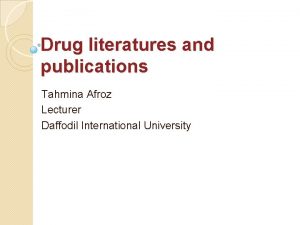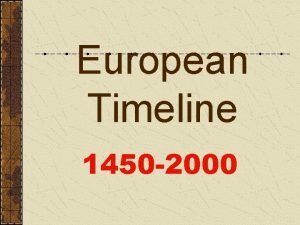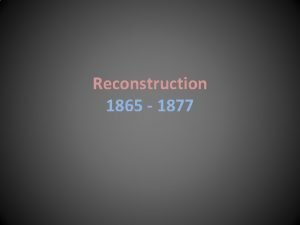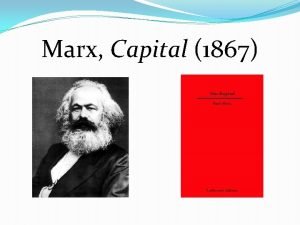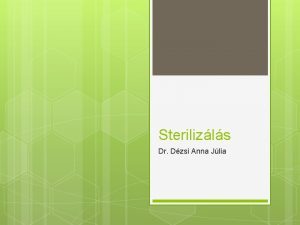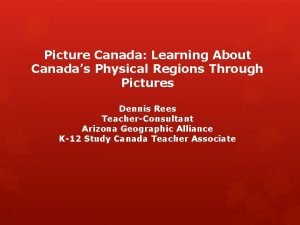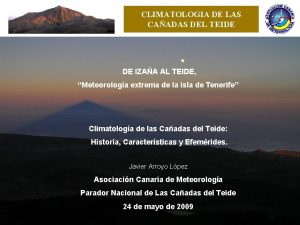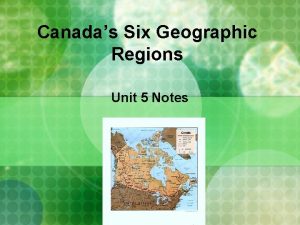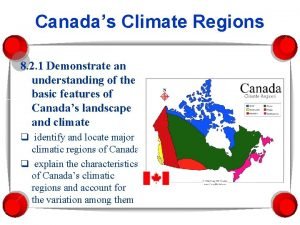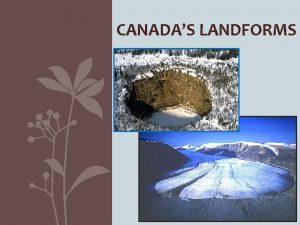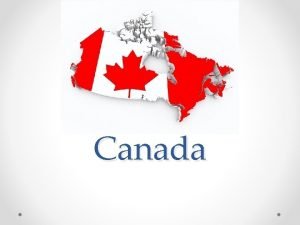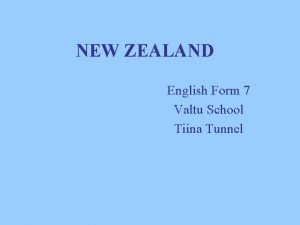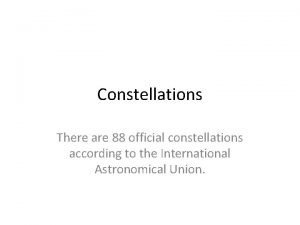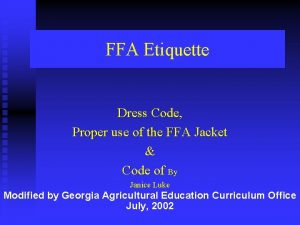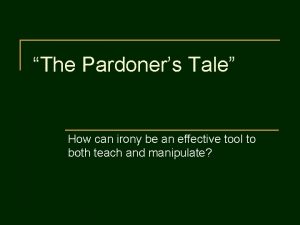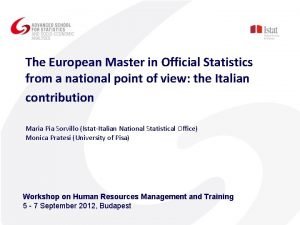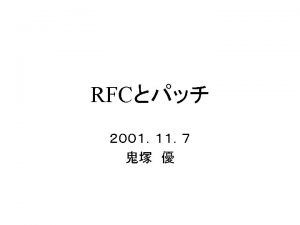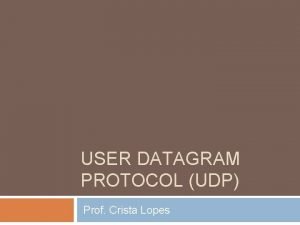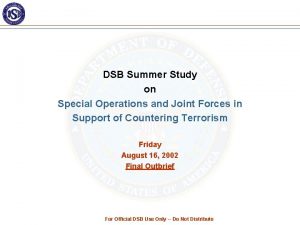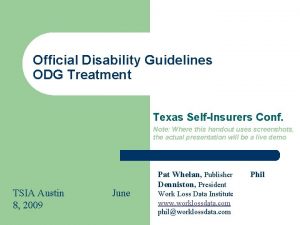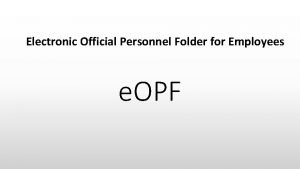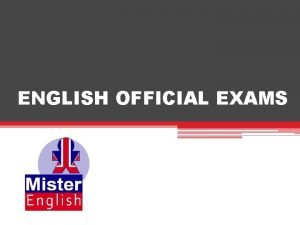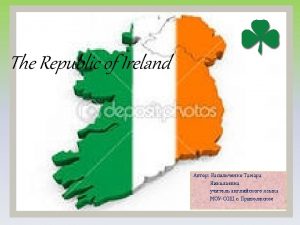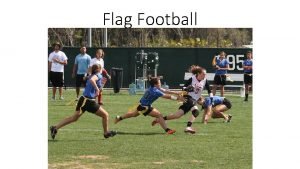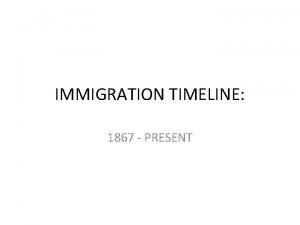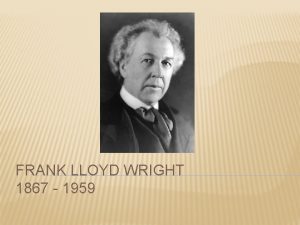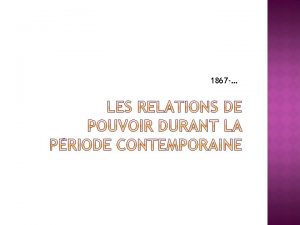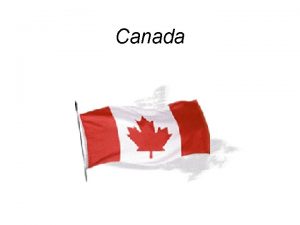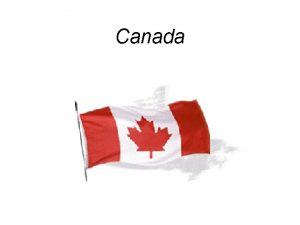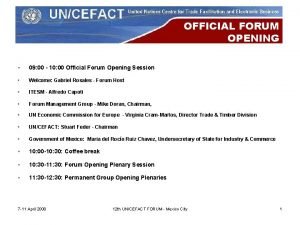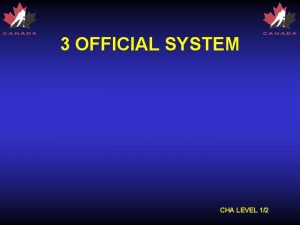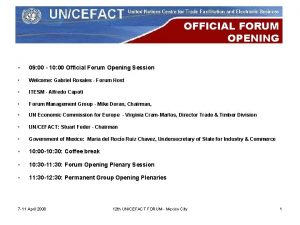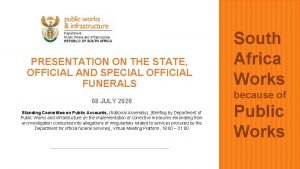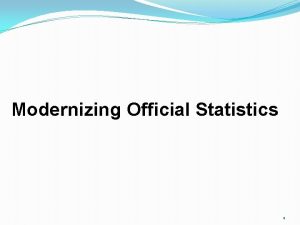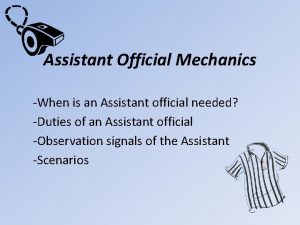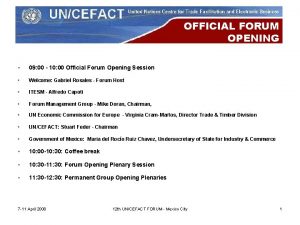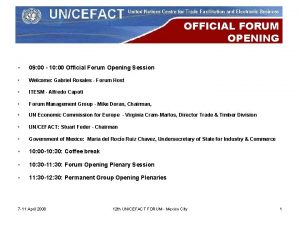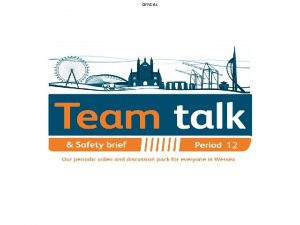Canadas New Flag Canadas official flag from 1867






































- Slides: 38

Canada’s New Flag ¢Canada's official flag from 1867 had been Britain's Union Flag, although the Red Ensign with the Canadian badge was an acceptable alternative

Canada’s New Flag ¢When Lester B. Pearson became Prime Minister in 1963 he advocated for a flag that would uniquely represent Canada

Canada’s New Flag ¢The ensuing controversy raged not over whethere should be a new flag, but on its design

Canada’s New Flag ¢After prolonged, debate which the flag committee recommended a design inspired by the Royal Military College flag theme, red-whitered, but with one red maple leaf in a white squared centre.

Canada’s New Flag ¢ Debate in the House continued until a vote was taken 15 December 1964 at 2: 00 a. m. and the committee's recommendation was accepted 163 to 78 ¢ The royal proclamation was signed by Her Majesty 28 January 1965 and the national flag was officially unfurled 15 February 1965 ¢ https: //www. youtube. com/watch? v=q. TMd. H 9 -km. Dk

FLQ Crisis ¢The October Crisis began October 5, 1970 with the kidnapping of James CROSS, the British trade commissioner in Montréal, by members of the Front de Libération du Québec (FLQ)

FLQ Crisis ¢It rapidly devolved into the most serious terrorist act carried out on Canadian soil after another official, Minister of Immigration and Minister of Labour Pierre Laporte, was kidnapped and killed.

FLQ Crisis ¢The crisis shook the career of recently elected Liberal Premier Robert Bourassa, who solicited federal help along with Montréal Mayor Jean Drapeau.

FLQ Crisis ¢This help would lead to the only invocation of the War Measures Act during peacetime in Canadian history.

FLQ Crisis ¢https: //www. youtube. com/watch? v=_gh. C Lj_n 9 Vo

What is a constitution? ¢It is a list of rules which govern the actions of any organization. ¢Your student council has a constitution which stipulates the accepted rules of practice. ¢Nations have more complex constitutions but the purpose is the same.

Changing the Rules ¢A constitution written one hundred years ago cannot always meet modern needs. ¢Amending formulas must be written into a good constitution. ¢Amendments must meet the needs of most people in an organization or nation.

The History of Canada’s Constitution II ¢ One of the most important early Canadian constitutional documents was the British North America Act 1867. ¢ By this act the colonies of Canada (Ontario and Quebec) were united with the colonies of Nova Scotia and New Brunswick.

The British North America Act 1867 ¢ This act described the union and set out the rules by which it was to be governed. ¢ The Fathers of Confederation who wrote this document were influenced by many factors including the American Civil War of 1860 -1865. ¢ They decided that a strong federal union was best for Canada.

Amending the BNA Act of 1867 The British North America Act was a British law enacted by the British government. ¢ This meant it could only be changed by the British Parliament. ¢ This was a complex process and resulted in few significant amendments.

The Statute of Westminster 1931 ¢By this British law Canada became a self governing dominion. ¢This meant that laws passed by the Canadian government could not be overturned by Britain. ¢It also meant that British law no longer applied in Canada.

The Winds of Change ¢It was unusual for a sovereign and independent nation like Canada to have a foreign constitution. ¢The growth of nationalism in Quebec was a catalyst to change this situation. ¢The Liberal government of Pierre Trudeau finally undertook this difficult task and achieved patriation in 1982.

Constitutional Patriation 1982 ¢ To patriate means to bring home. ¢ The process required that the British government revoke the BNA Act of 1867. ¢ It further required that Canada enact its own written constitution.

What problems were faced by the Trudeau government? ¢Federal-Provincial agreement in Canada. ¢A formula to amend the constitution. ¢The Charter of Rights and Freedoms.

Federal-Provincial Disagreement ¢ The provinces and the central government had difficulty finding any common ground to achieve Mr. Trudeau’s goal of a patriated constitution. ¢ The political leaders of each province wanted to ensure that new constitutional arrangements were advantageous to them.

Unilateral Patriation ¢ Frustrated by the provinces Mr. Trudeau asked the Supreme Court of Canada if he could patriate the constitution without their agreement. ¢ The ruling indicated that it was legal but not conventional.

The Charter of Rights and Freedoms ¢ Mr. Trudeau wanted an entrenched Charter of Rights and Freedoms. ¢ Entrenched meant it was to be an integral part of the constitution. ¢ The provinces objected to this as they feared loss of power as a result of judicial interpretations of an entrenched Charter.

The Amending Formula ¢It was necessary to have an effective way by which the constitution could be changed. ¢Both the provinces and the central government wanted to ensure that the wording of the amending formula protected their respective interests.

Compromise ¢ Agreement was finally reached between the central government and nine of the ten provinces in November of 1981. ¢ Only Quebec refused to be a party to this agreement. ¢ On April 17, 1982, Royal Assent was given by the Queen Elizabeth II signs Queen to the Canada Act the new Canadian 1982. ¢ https: //www. youtube. com/watch? v=59 c 4 Y 34 Tf. H 8 Constitution

The Charter of Rights and Freedoms ¢An entrenched Charter which could not be changed other than by constitutional amendment was included in the constitution. ¢Provinces were allowed the notwithstanding clause which provided exemption from some provisions of the Charter. CHARTER

Aboriginal Rights ¢ “The existing aboriginal and treaty rights of the aboriginal peoples of Canada are hereby recognized…” ¢ For many aboriginal people this was insufficient.

The Amending Formula ¢ Seven of the ten provinces of Canada representing at least 50% of the population and the Canadian Parliament must agree to most changes. ¢ Changes to the monarchy, composition of the Supreme Court of Canada or language law require all ten provinces and the federal government to agree.

Amending Formula ¢ The formula has proven difficult to apply. ¢ The agreement of seven provinces representing 50% of the population on any issue, let alone ten, is difficult to obtain. ¢ Provinces may ‘opt out’ of constitutional amendments that may diminish their power.

The Meech Lake Accord 1987 This was an effort to to bring Quebec into the constitution and included the following: 1. “Distinct society” status was to be confirmed for Quebec. 2. Provinces were to be given the right to nominate judges for the Supreme Court. The accord was not ratified by all ten provinces and failed.

The Charlottetown Accord 1992 This was a major constitutional amendment package which included. 1. “Distinct society” status for Quebec. 2. Aboriginal selfgovernment. 3. Senate reform. It failed to pass a national referendum in October 1992.

Summary ¢ Constitutional debate in Canada remains unresolved. ¢ Quebec is still not a part of the Canadian Constitution. ¢ Aboriginal Canadians feel that their right to selfgovernment has not been achieved. ¢ For many Canadians Senate reform is long over due.

What is the Charter? A constitutional document that ¢ defines the rights and freedoms of Canadians and establishes the limits of such freedoms. ¢ was proclaimed as an entrenched component of the Canadian Constitution in the Constitution Act of 1982.

What existed prior to the Charter? Statutes such as ¢The Canadian Bill of Rights 1960 ¢The Official Languages Act 1969 ¢Provincial Bills of Rights.

Enforcement of the Charter ¢ An individual may apply to the courts to stop any activity they believe to be discriminatory. ¢ Courts may challenge laws that take away basic individual rights and freedoms. ¢ The Charter takes power away from Parliament and provincial legislatures and gives it to the courts.

“Notwithstanding” (s. 33) This section of the Charter allows governments to pass laws which may interfere with ¢Fundamental Freedoms. ¢Legal Rights. ¢Equality Rights. This action is only valid for five years after which it must be reaffirmed.

The Charter and Canadian Society ¢ Since 1982 the courts have applied the Charter to many aspects of Canadian life. ¢ All levels of government had to ensure that their laws did not violate the Charter. ¢ The wording of many parts of the Charter continues to be open to interpretation. ¢ Parts of the Charter have been found to be in conflict with each other requiring judges to balance one right against another.

Summary ¢ Some people believe that Parliament and provincial legislatures have lost too much power to judges. ¢ Parliament and provincial legislatures can overrule the courts by means of constitutional amendment. ¢ There is fear that the Charter may have politicized the appointment of judges but there is little evidence to support this. ¢ Most people believe that the courts have been effective and fair in interpreting the Charter.

Oka Crisis ¢ https: //www. youtube. com/watch? v=f. Shs. Lq. N 01 A 0 ¢ https: //www. youtube. com/watch? v=i 6 Qk. L 6 n. HYC 4
 Non official compendia examples
Non official compendia examples 1934 - 1867
1934 - 1867 Ausgleich of 1867
Ausgleich of 1867 Tenure of office act 1867
Tenure of office act 1867 Capital 1867
Capital 1867 Impressionism originated
Impressionism originated Lister 1867
Lister 1867 4800 bc popcorn
4800 bc popcorn What is canadas economic system
What is canadas economic system Whats canadas longest river
Whats canadas longest river Physical regions in canada
Physical regions in canada Temperatura cima teide
Temperatura cima teide Unit 5 food national geographic
Unit 5 food national geographic Canadas climate
Canadas climate Canadas landforms
Canadas landforms Canadas head of state
Canadas head of state Canadas physical geography
Canadas physical geography Rafael artacho cañadas
Rafael artacho cañadas Aotearoa the land of the long white cloud
Aotearoa the land of the long white cloud New zealand national sport
New zealand national sport Quebec samuel de champlain
Quebec samuel de champlain What does fccla stand for
What does fccla stand for Email in english example
Email in english example 88 official constellations
88 official constellations What is the official name of the country of italy?
What is the official name of the country of italy? Microsoft official academic course microsoft excel 2016
Microsoft official academic course microsoft excel 2016 Official ffa dress code
Official ffa dress code Microsoft official academic course
Microsoft official academic course Situational irony in the pardoner's tale example
Situational irony in the pardoner's tale example European master in official statistics
European master in official statistics Internet official protocol standards
Internet official protocol standards Crista lopes
Crista lopes Javelin tow
Javelin tow Official statistics from mobile phone data
Official statistics from mobile phone data Odg guidelines
Odg guidelines Electronic official personnel file
Electronic official personnel file History of indian pharmacopoeia
History of indian pharmacopoeia Mehmet official
Mehmet official Indigo colour in hindi
Indigo colour in hindi
